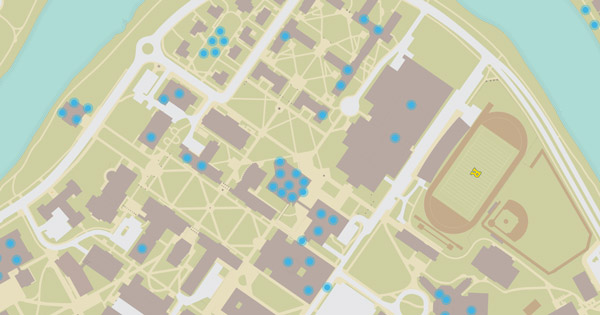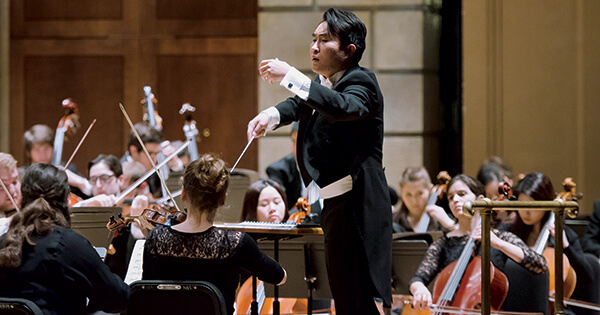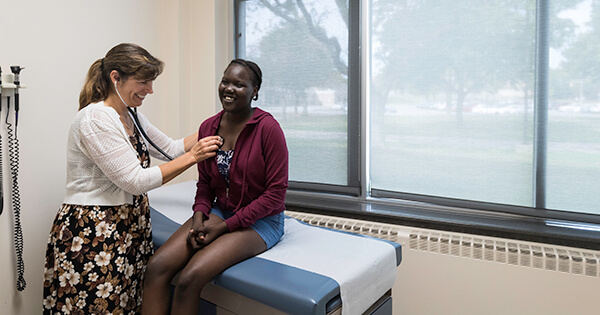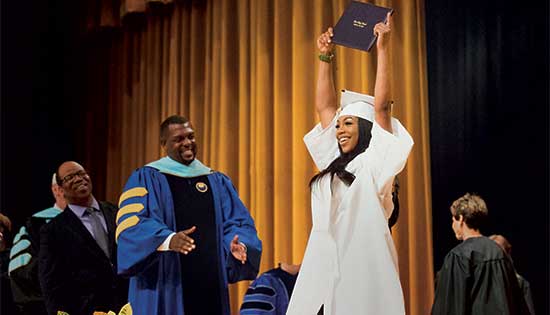Bringing back the house call

Think about the last time you made a doctor’s appointment, for anything. How long did you wait between when you called and the day you could be seen? Did you have to travel far? Did you have to wait long to see the doctor? How did all the time you spent scheduling, traveling, and waiting compare the duration of the appointment itself?
Now think about what this might be like for someone recovering from a stroke or coping with Parkinson’s disease. Imagine if they could meet with their doctor in the comfort of their own home.
Largely considered an antiquated health care practice, the “house call”is once again at the forefront of modern medicine thanks to telemedicine, which is already changing how the URMC diagnoses Parkinson’s disease.
When a patient’s family physician suspects Parkinson’s disease, the patient can call a toll-free number to download software that is very easy to set up. The “visit” is essentially a secure video chat. The neurologist asks questions and watches the patient’s responses
Director of the Center for Human Experimental Therapeutics E. Ray Dorsey, MD, MBA, explains the remote sessions are just as accurate as an in-person consultation. “After all, Dr. James Parkinson first described the disease in 1817 by watching people walk in the park in London. We’re doing the same thing, just using the latest technology.”
Telemedicine is poised to have a profound impact on the delivery of health care for a broad range of diseases in the coming decades.
“The idea that we can provide care to individuals with Parkinson’s disease regardless of where they live is both a simple and revolutionary concept,” said Dorsey, the David M. Levy Professor of Neurology. “By employing essentially the same technology that grandparents use to talk to their grandchildren, we can expand access to the specialized care that we know will improve patients’ quality of life and health.”
Partner with a professor
Telemedicine is a method; it’s not a solution. Dorsey and his research partner Eric Topol, MD, don’t foresee an end to the office visit. In fact, they cite a “digital divide” for older patients as one of largest remaining obstacles. But there’s another more threatening obstacle.
Federal funding to support research that drives innovative approaches to health care, like telemedicine, is on the decline.Through research funds, you can give scientists the freedom to pursue creative theories. You can help our researchers turn “potential” into “breakthrough.” To find out how, contact Matthew Haag.
Learn more about the future of telemedicine.
—Matt Cook, May 2017






